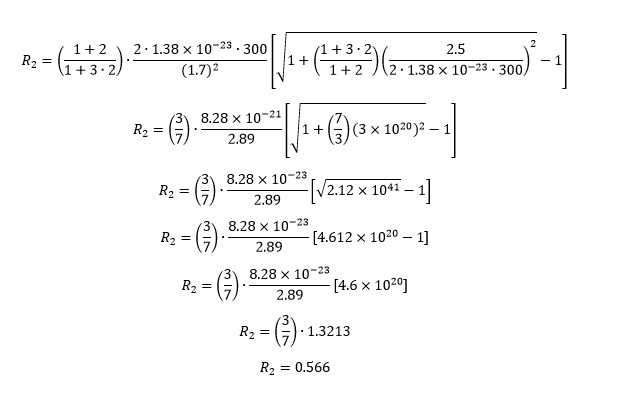Other Parts Discussed in Thread: OPA317
Hello, I'm using the document "www.ti.com/lit/an/sboa114/sboa114.pdf" "Design Methodology for MFB Filters in ADC Interface" to design a 2nd order Low-pass filter with a gain of 1 and Fc = 15KHz. I'm looking at the example on page 8 and have a question about the calculation of R2. The document says that R2 is calculated by Equation 9 on page 4. I don't know what the term 2kT is and would like ask someone for help.
The in and en are from the datasheet of the OPA820, am I correct?
If anyone can help me I would be very thankful.
Respectfully,
Joe




